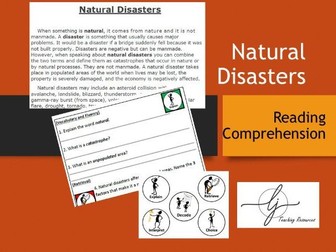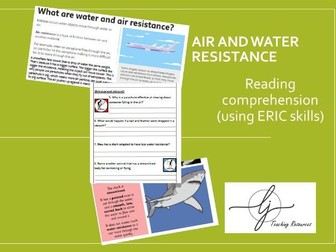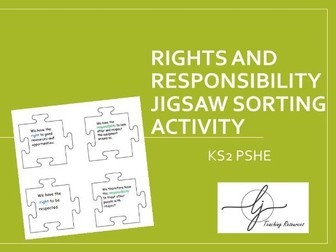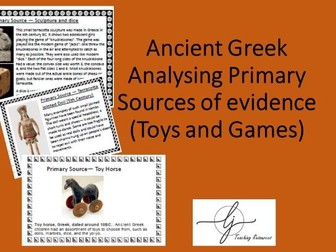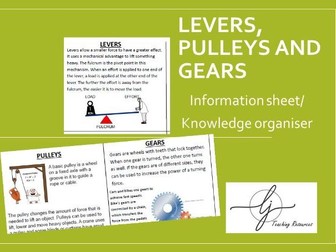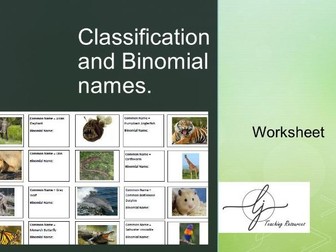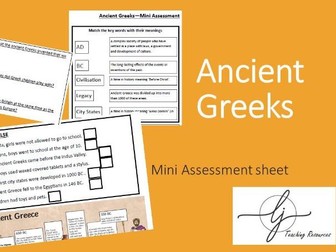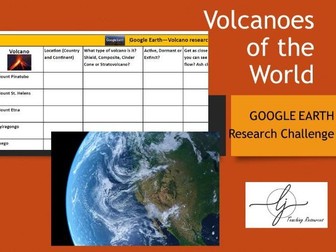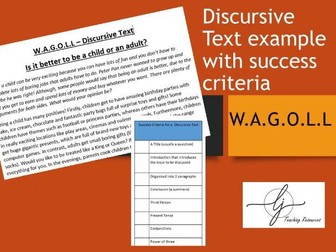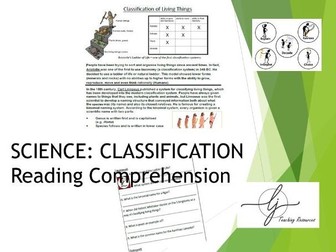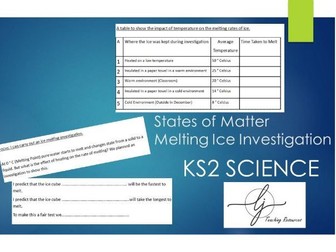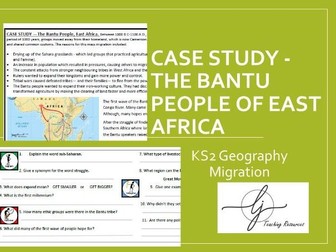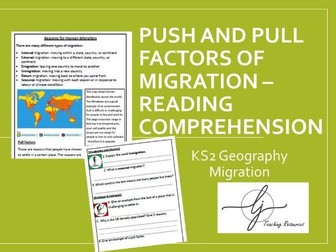Boy in the Tower Whole Class Guided Reading comprehension resources (Lesson 1-5, Chapters 1-13)
These carefully written resources link carefully to each chapter (or page range within a larger chapter) of Polly Ho-Yen’s excellent book Boy in the Tower. They are designed to develop the ‘Miss Wilson Says’ ERIC reading skills (Explain, Retrieve, Interpret and Choice). There are a wide range of engaging question styles to keep the class interested and active in their learning once each chapter has been read. These resources cover chapters 1- 13 (over 5 lessons) and I also have resources ready to go for the whole book. They often spark lively debates in class and are fantastic for developing language. These resources are suitable for Year 5, 6 or 7.
